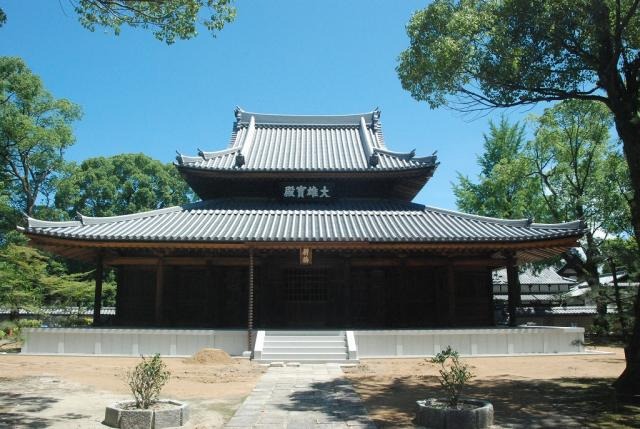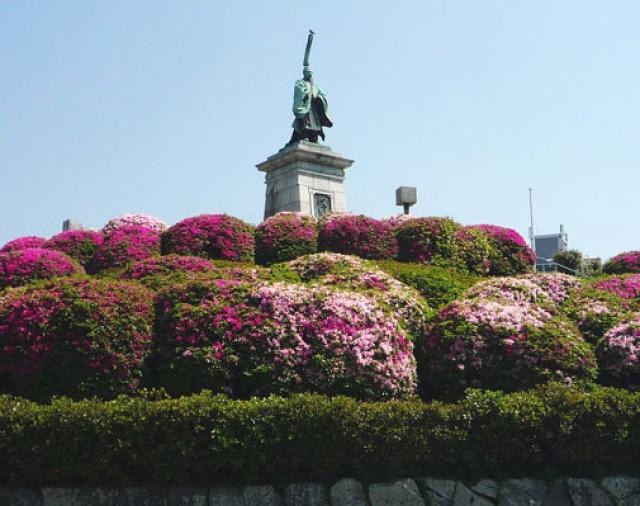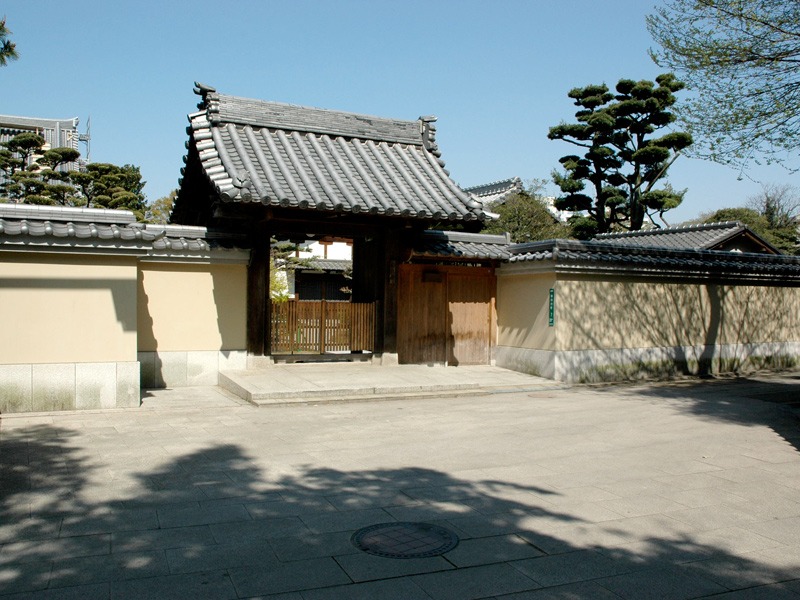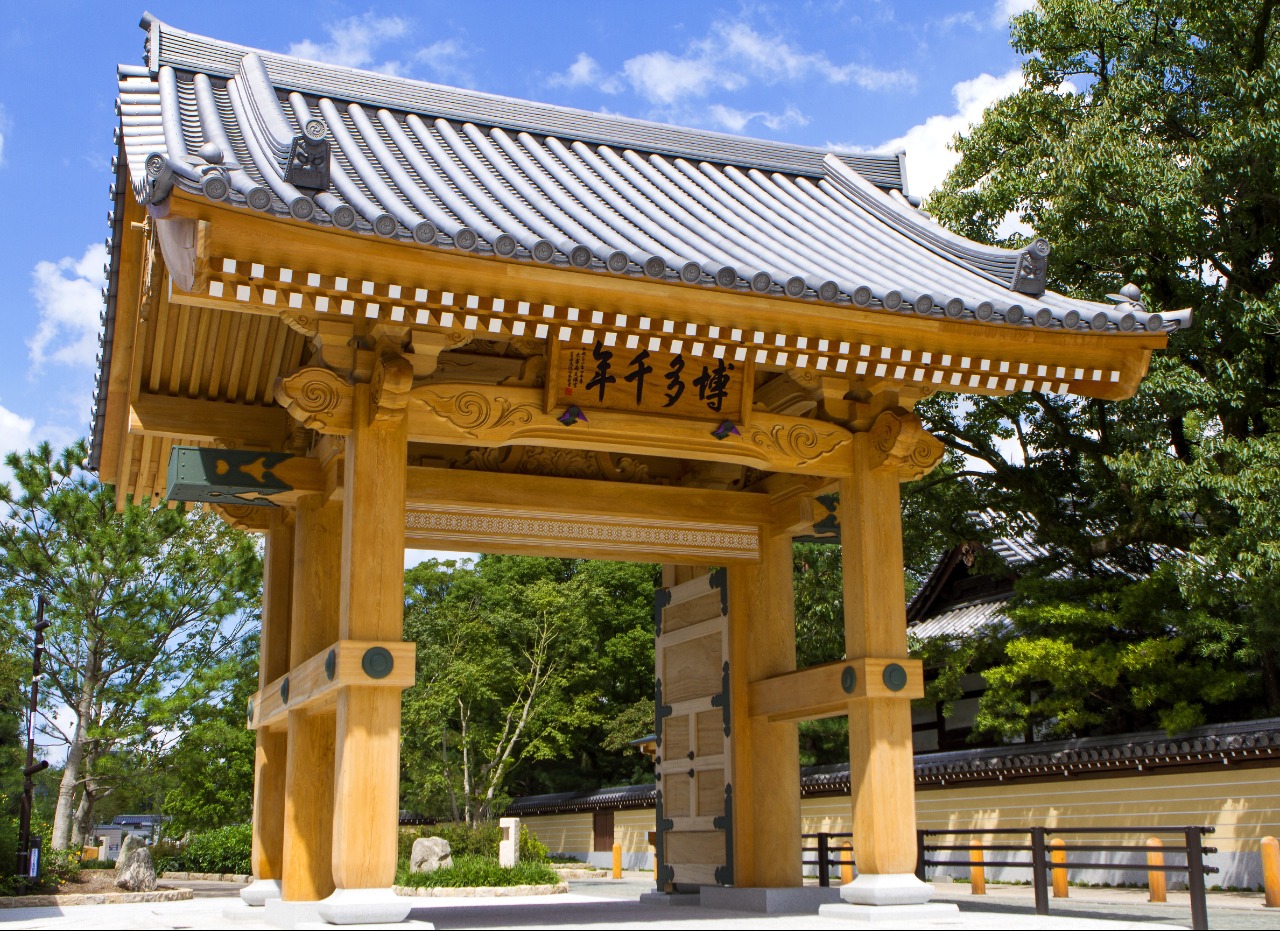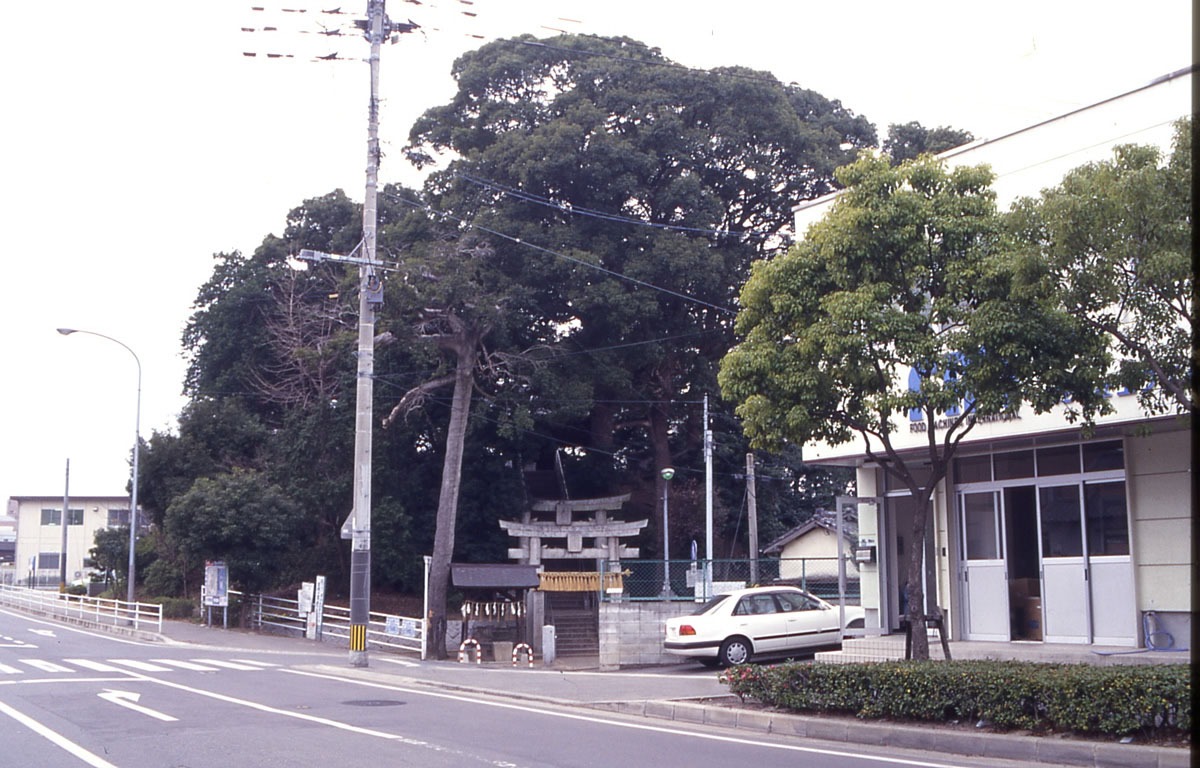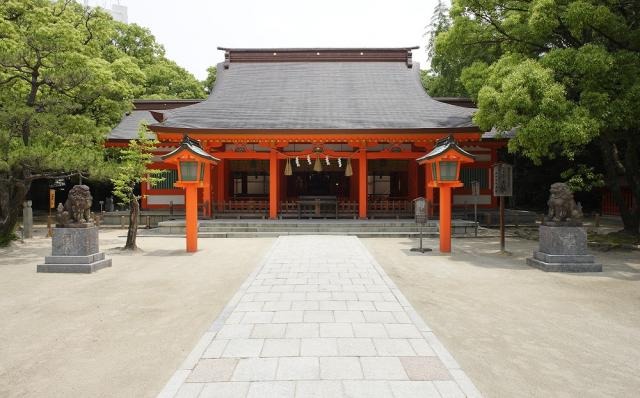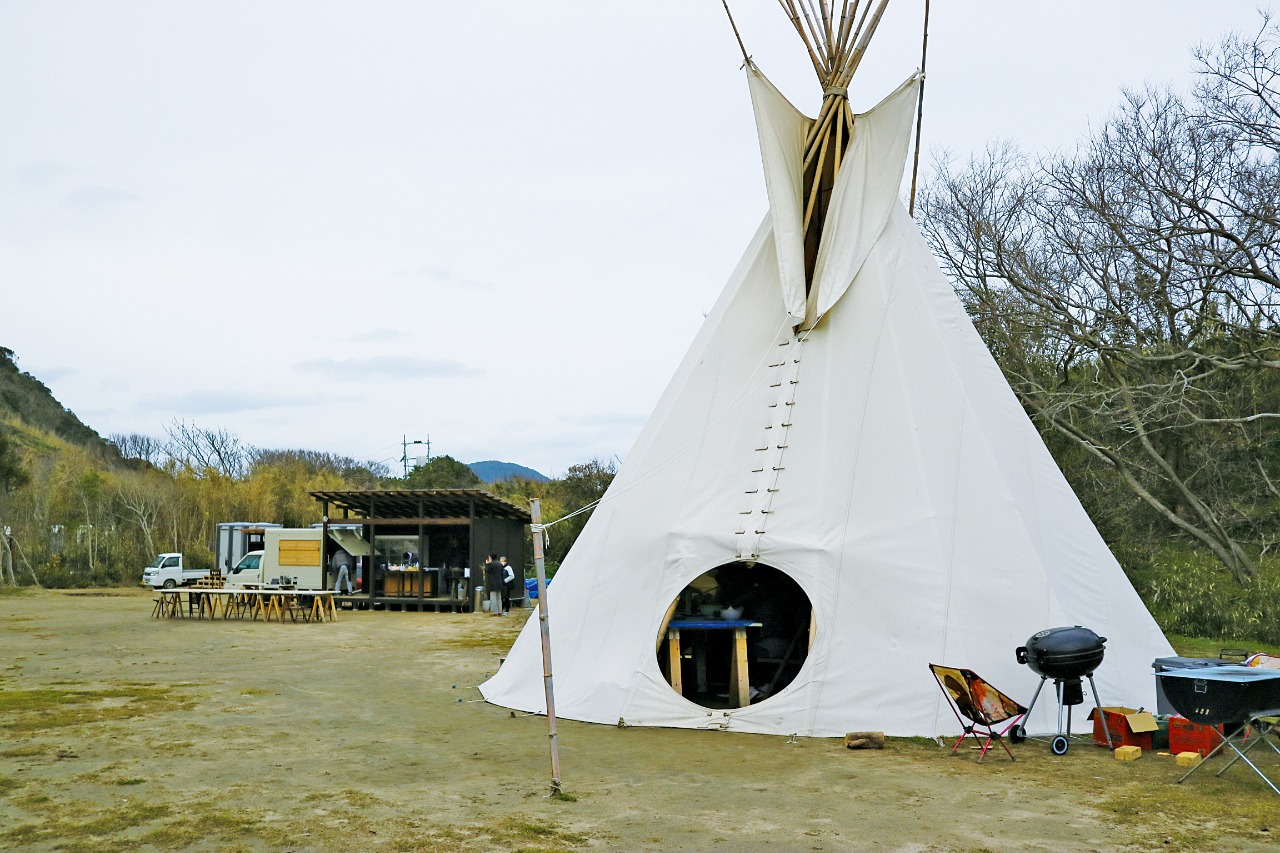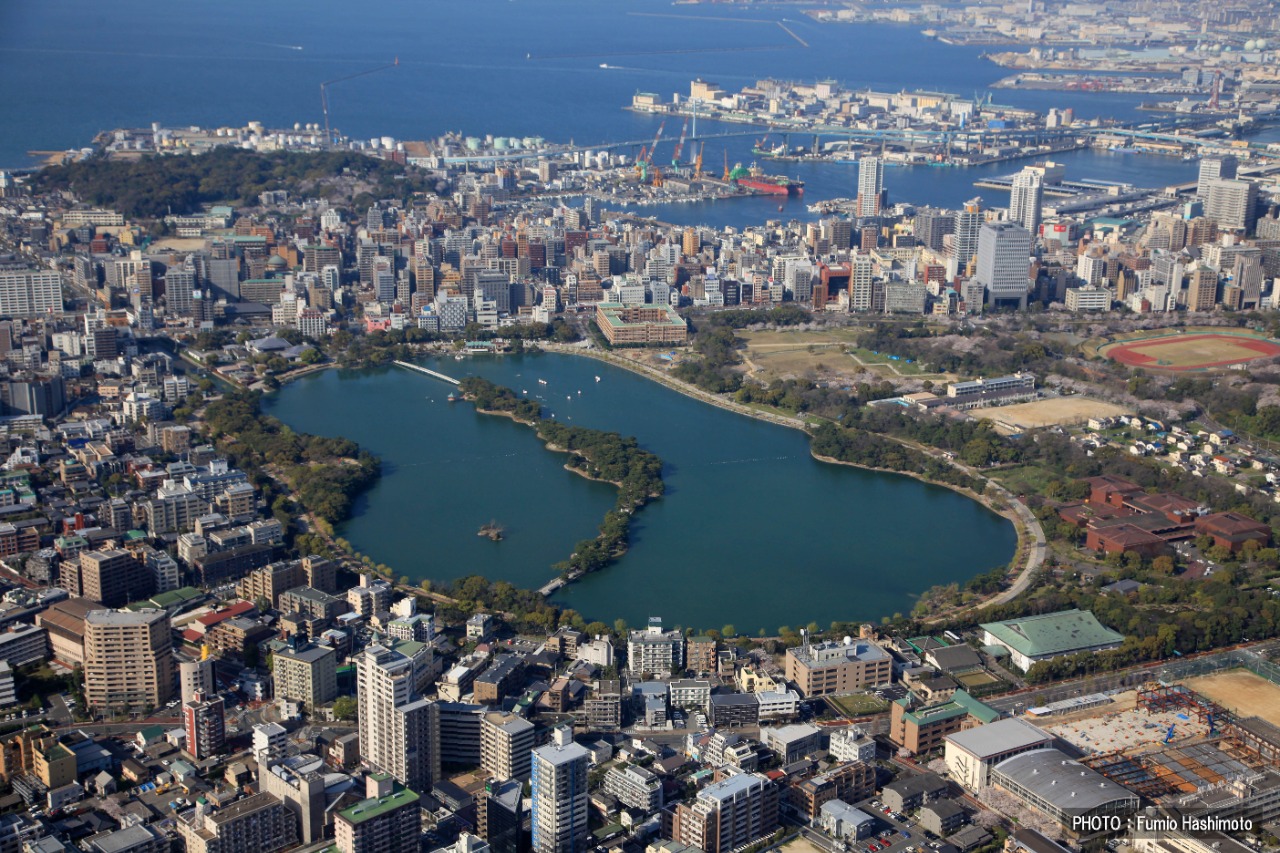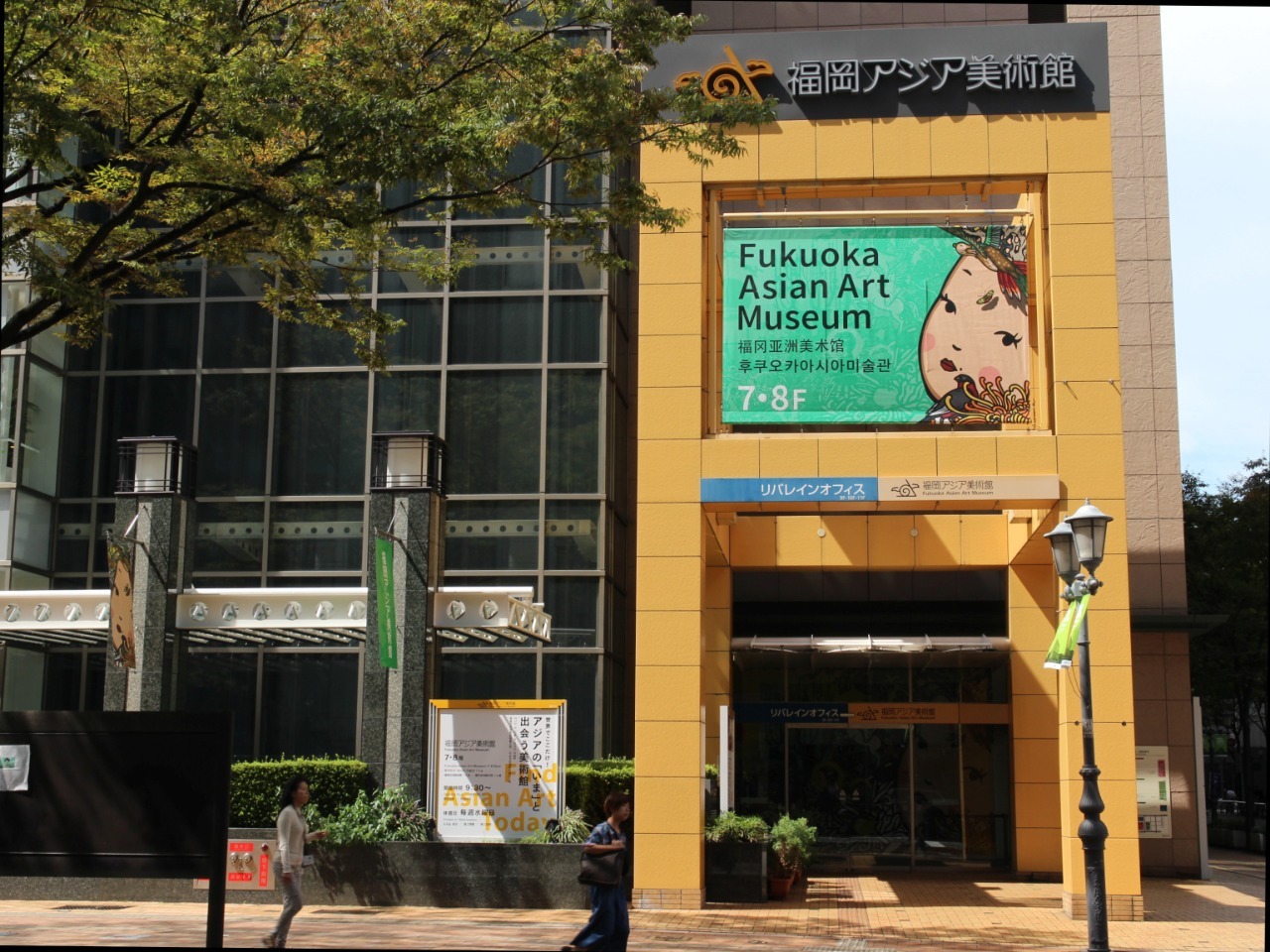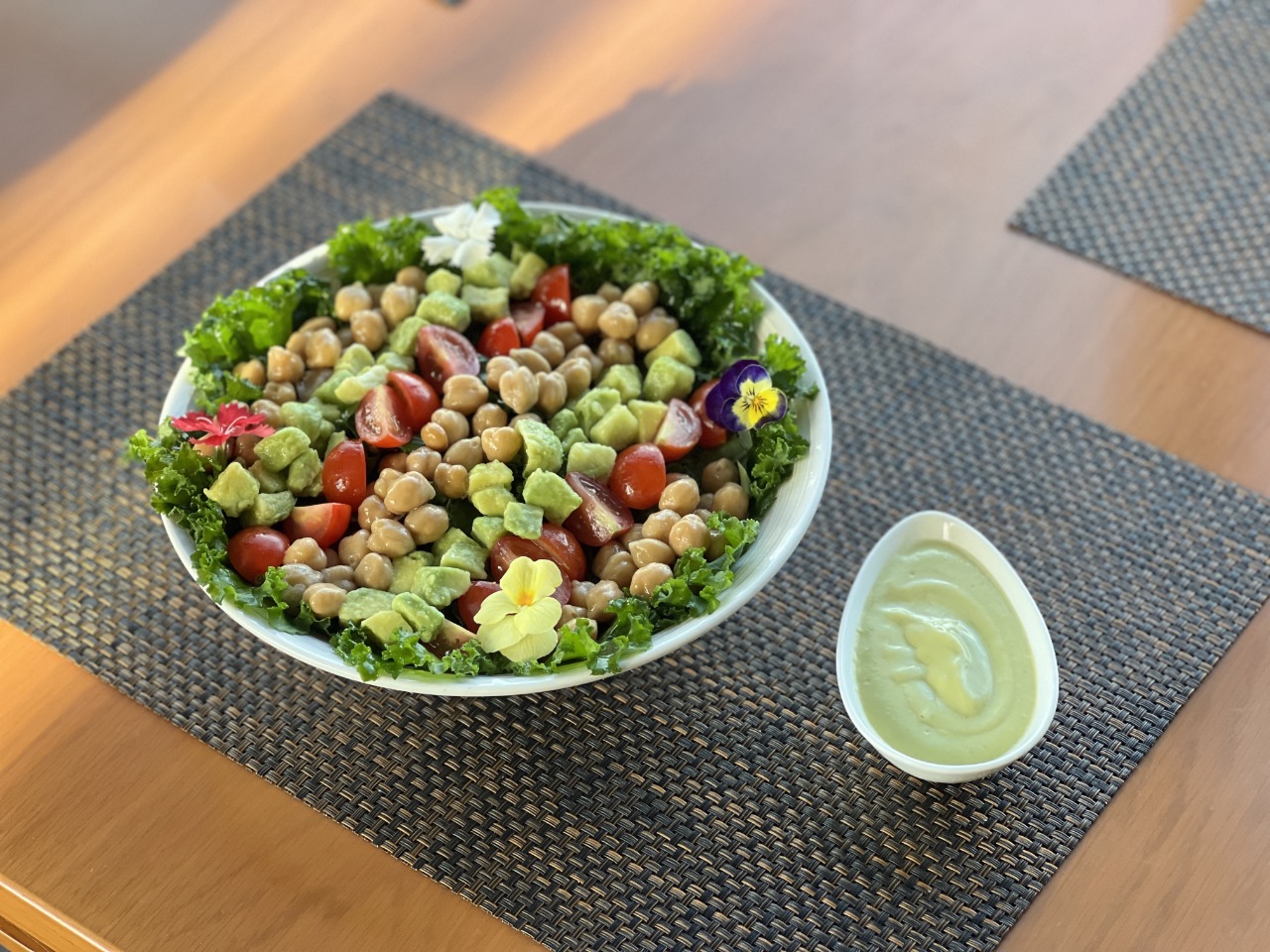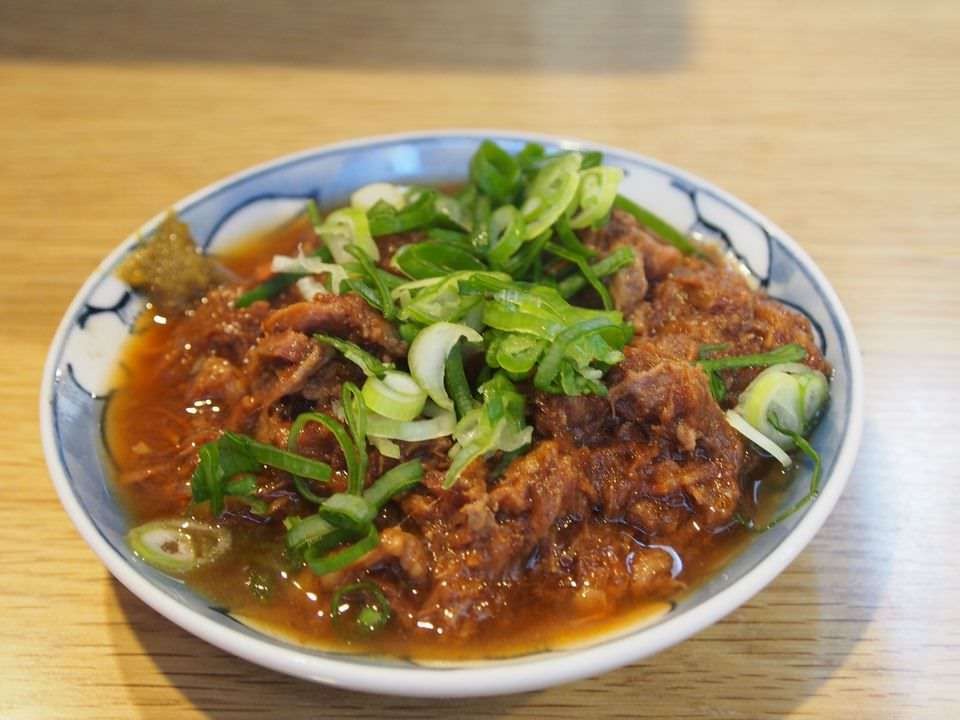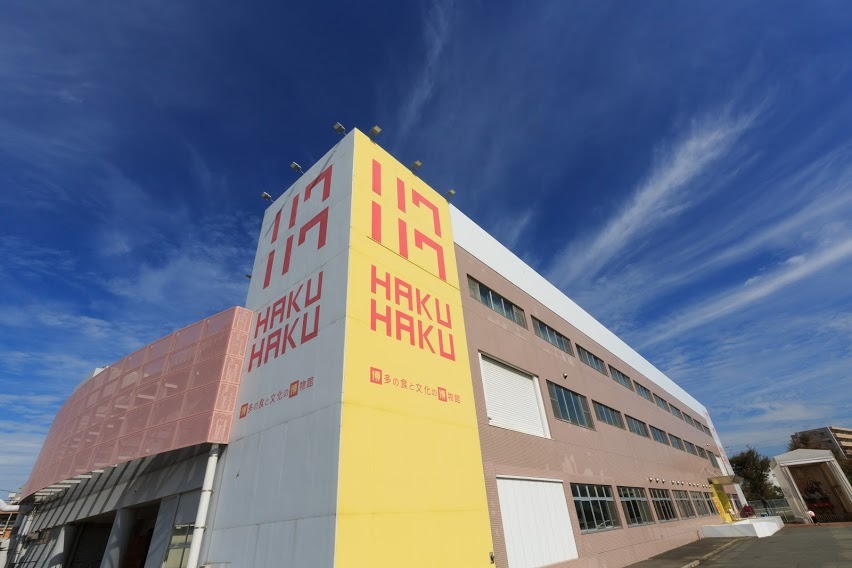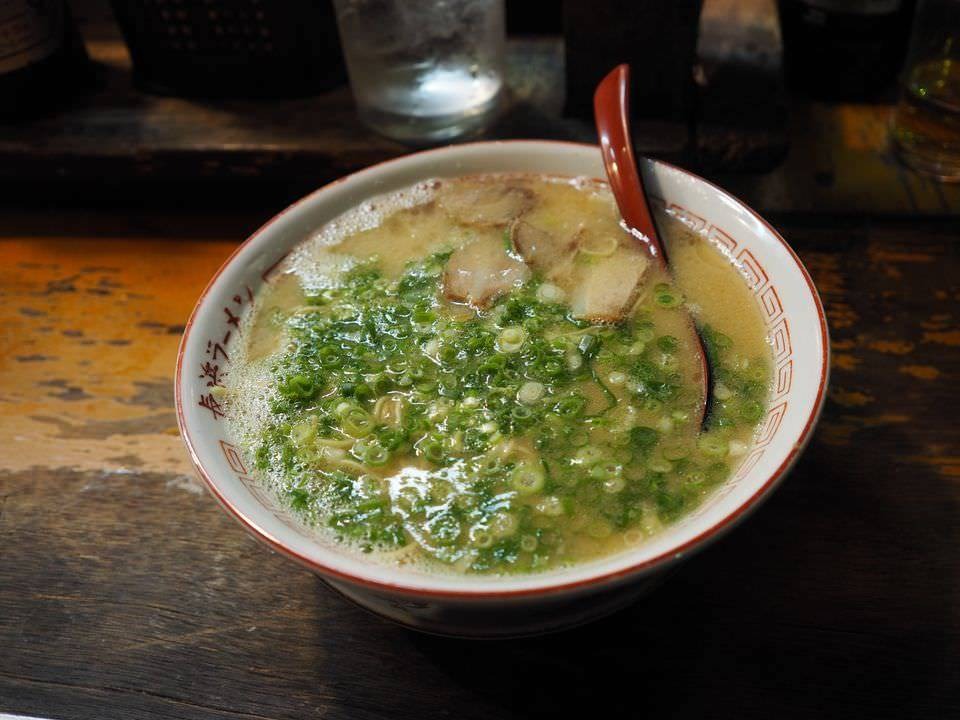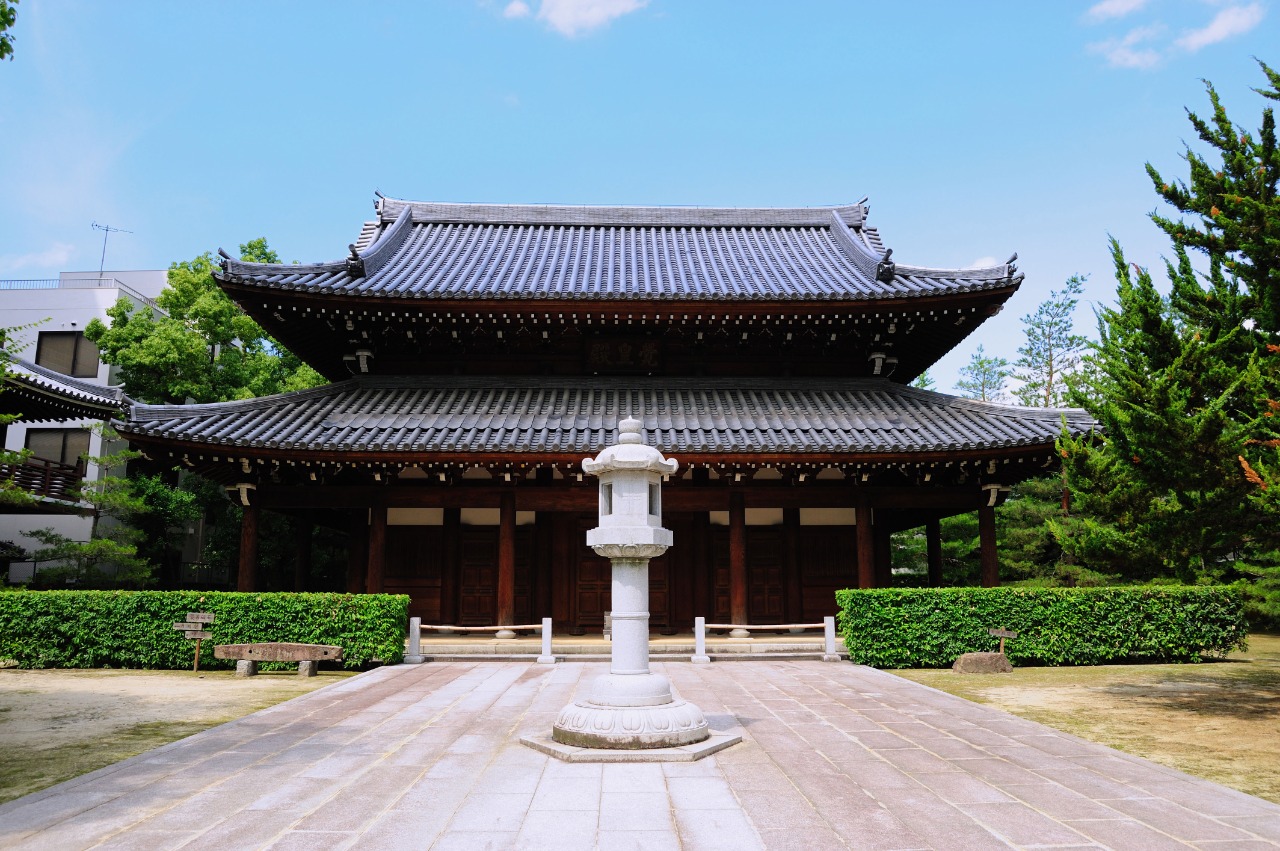
Jotenji Temple
Hakata Area | History & Culture Jotenji Temple
This is the temple of Rinzai school Tofukuji sect Buddhism. It is also known by the name of Banshosan. A Chinese merchant, Shakokumei (Xie Guo Ming) invited the famous priest Enni-Ben'en as the first priest and constructed this temple in 1242. The Buddhist statues from Kamamura peiord and the copper bell from old Korea housed in the temple are designated as important national properties.
In 1975 when an old ship was salvaged from the offshore seabed of Korea, a wooden board with the name of the temple was found and proved that the temple was engaged in overseas trade.
In the precincts of the temple is also a stone monument of Mitsuta Yazaemon who is known as an originator of Hakata-ori textile and a belfry dedicated to the temple in 1674 by a merchant of Hakata, Tani Sori who bought it from Sakurai Shrine.
*** The Stone Monument Stating that the Birthplace of Udon and Soba ***
The founding priest of the temple, Enni-Ben'en went to China in 1235, mastered Zen Buddhism through a great hardship and came back to Japan in 1241. He brought home to Japan a variety of cultures from China besides the teachings of Buddhism. The production method of Udon, Soba, Yokan (adzuki-bean jelly) and Manju (bun) are especially famous among them.
*** The Stone Monument Stating that the Birthplace of Hakata Gion Yamakasa ***
Hakata Gion Yamakasa is the most famous festival of Fukuoka and held around Kushida Shrine, Hakata Ward as the main site.
The origin of the festival is believed to date back to 1241, when the founder of Jotenji temple had people carry him around the town on a float, prayed against the plague and successfully got rid of it. It is said to have originated from this legend that a sacred way is set up in front of the gate of Jotenji temple when yamakasa floats pass through it.




